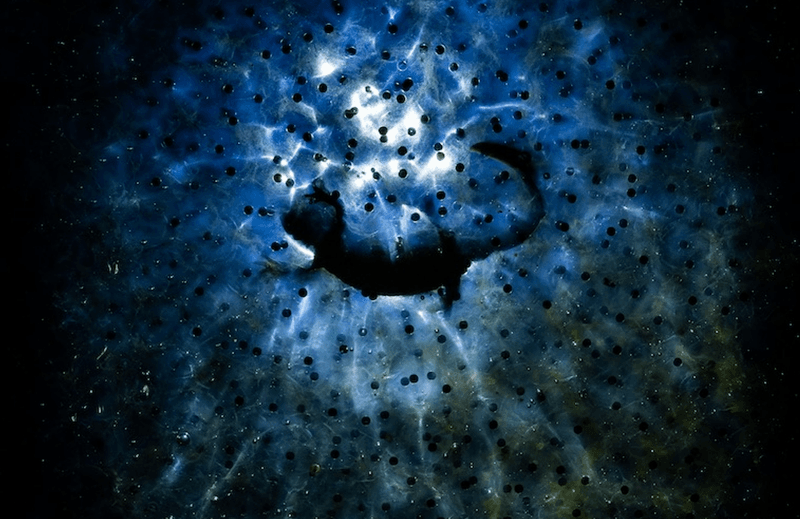Last September Chattanooga Zoo in Tennessee announced the hatching of three Komodo dragons – good news both for the vulnerable species and the Zoo. Now the Zoo's Facebook page has announced a twist – the young were conceived without the help of the zoo's resident male dragon – or anyone else besides the mother Charlie, for that matter.
Parthenogenesis, the process of giving birth without male involvement doesn't happen in mammals, certain unverified 2,000-year-old accounts aside. Invertebrates are a different matter. While rare in reptiles, it's far from unheard of. Last year, for example, eggs hatched from a water dragon at the Smithsonian National Zoo that had been isolated from males since reaching sexual maturity.
This feature of reptile reproduction may have made it into the plot of Hollywood's Godzilla (the Matthew Broderick one), but for Komodos, it's different. In the film, not only is Godzilla female, but so are her offspring, making the process potentially eternal. That's common in parthenogenesis, but not for Komodos. All three of the zoo's new hatchlings are male.

Reptiles use more diverse sex selection than mammals' X and Y chromosomes. Some don't use chromosomes to determine sex at all, instead depending on the temperature at which eggs were incubated. Others complicate it further.
Komodo females carry a W and Z chromosome, while the males have two Zs. In parthenogenesis, the mother provides a single W or Z chromosome which then duplicates. “When parthenogenesis occurs, the mother can only create WW or ZZ eggs. Eggs with the sex chromosomes of WW are not viable, leaving only ZZ eggs to produce all-male hatchlings,” the zoo explained.
Consequently, there is no prospect of an all-female dragon age marked by rapid breeding without needing to wait for males.
The zoo had been trying to breed Charlie with their male, Kadal. However, it seems Charlie was immune to Kadal's charms and did her own thing. The zoo's Facebook page notes; “in the wild, Komodo dragons mainly live isolated and often become violent when approached, which has allowed these animals to evolve to reproduce both sexually and parthenogenetically.” Females frequently resist mating attempts, often quite forcefully, although they will sometimes form long-term monogamous bonds with the right male.
Komodo dragons are the largest species of lizard by a long way, growing to 3 meters (10 feet) long. Despite their exceptional success as hunters, their restriction to four small to medium-sized islands in southern Indonesia places their long-term future in jeopardy, encouraging captive breeding programs.
Many myths have sprung up about the dragons, including that they have mouths loaded with bacteria that induce septicemia in prey, but this has now been disproved. Instead, we have recently learned they are venomous, although it is not known how important this is to their hunting strategy.





